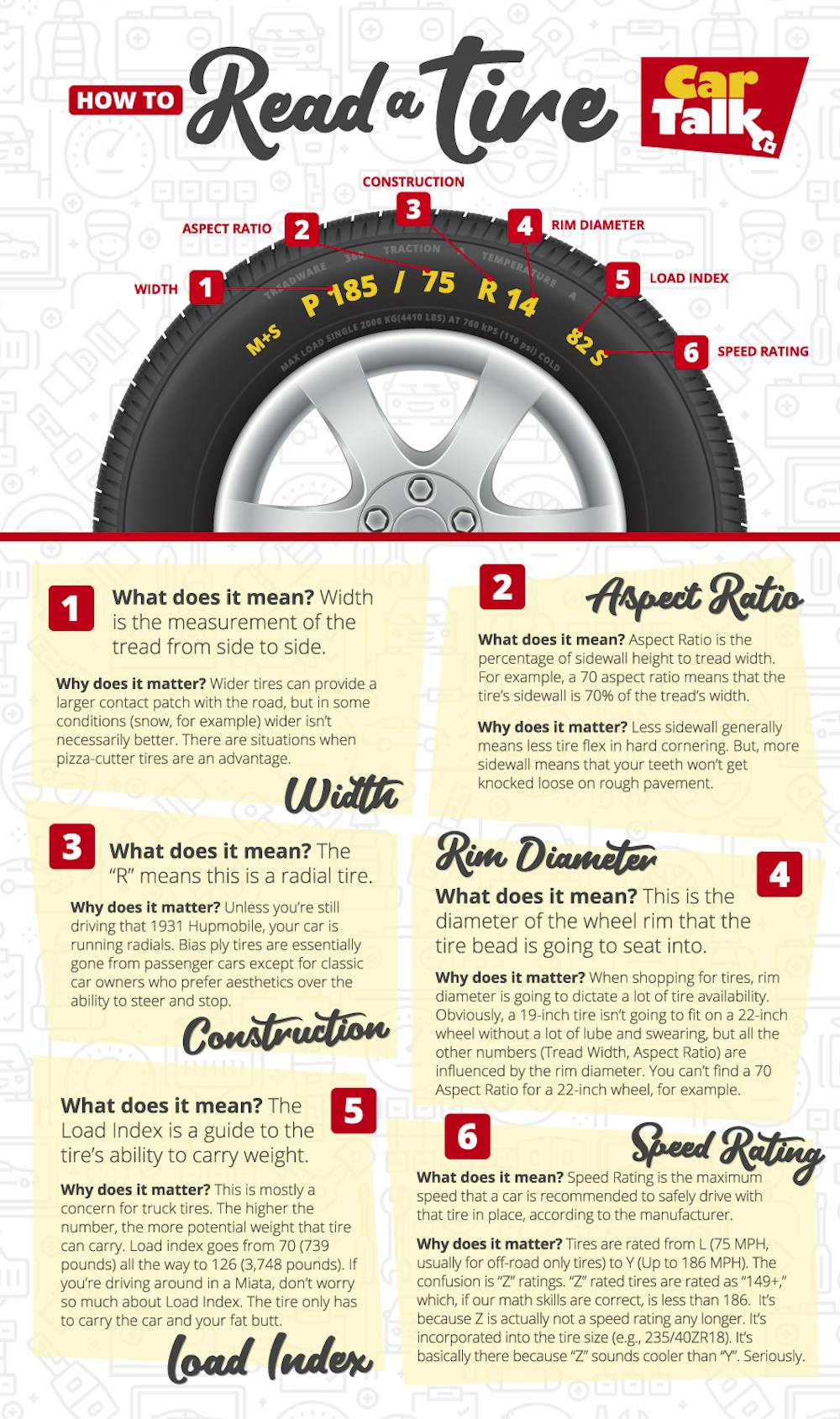All Categories
Featured
Table of Contents
The Michelin supplied a comfy driving experience, characterised by responsive steering and a progressive understeer equilibrium. In spite of the cooler testing conditions, Michelin's constant time and hold over three laps indicates its suitability for real-world applications. On the other hand, Yokohama's performance was distinct. While its super-quick guiding led to a quick front axle turn, the rear showed a propensity to swing more.
The tire's very first lap was a 2nd slower than the 2nd, aiming to a temperature-related grip boost. For daily use, the Michelin might be a much safer wager.
Affordable Tyre Safety Near Me (Dianella WA)
It shared Michelin's risk-free understeer balance yet did not have the latter's readiness to turn. Continental and Goodyear's performances were notable, with Continental's new PremiumContact 7 revealing a considerable renovation in wet conditions contrasted to its precursor, the PC6. This design was much less conscious load changes and acted a lot like the Michelin, albeit with slightly much less communication at the limit.
It combined the secure understeer equilibrium of the Michelin and Continental with some stylish handling, showing both foreseeable and fast. As an all-rounder for this Golf GTI, Goodyear's Asymmetric array was the standout, showing excellent efficiency in the damp. Finally, the Bridgestone Potenza Sport took the crown as the fastest tyre, albeit by a small margin.
Motorists looking for an exciting damp drive may discover this tyre worth taking into consideration. The standout performer in damp braking was the latest tire on examination, the PremiumContact 7, though the outcomes are nuanced.
Affordable Tyre Sales Near Me
Preferably, we desired the cold temperature level examination to be at around 5-7C, however logistical hold-ups indicated we tested with a typical air temperature of 8C and water at 12C. While this was cooler than basic test conditions, it was still warmer than real-world conditions. The cozy temperature level test was done at approximately 18C air and 19C water.
The third run entailed damp stopping examinations on used tires, specifically those machined down to 2mm with a small encounter. While we planned to do more with these used tires, weather restraints restricted our testing. Nevertheless, it's worth noting that wet braking is most critical at the worn state, as tyres typically enhance in dry conditions as they wear.

It shared the most significant performance decline, along with the Yokohama, when worn. Bridgestone, Goodyear, and Michelin saw the least performance decrease when put on. However, Bridgestone and Goodyear's performance dipped in cooler problems. The Hankook tyre signed up the tiniest efficiency decrease as temperatures cooled down, yet it was among the most influenced when used.
Leading Tyre Sales Near Me – Stirling
The take-home message below is that no single tire excelled in all aspects of damp braking, suggesting an intricate interplay of variables affecting tire performance under different problems. There was a standout tyre in aquaplaning, the Continental completed top in both straight and curved aquaplaning, with the Michelin and Goodyear additionally excellent in deeper water.

Yokohama could take advantage of slightly even more hold, a concern potentially affected by the cooler problems. As for handling, all tires executed within a 2% variety on the lap, showing their high-quality efficiency (Tyre safety). Considering these tires basically target the same client, it's intriguing to observe the significant differences in feel.
The surprise is since the PremiumContact 6 was among my favourites for flashy dry drives, yet its follower, the PremiumContact 7, appears elder and resembles Michelin's efficiency. Amongst these, Hankook was the least specific in guiding and communication at the limit. Tyre repair. Both Michelin and Continental provided beautiful first guiding, albeit not the fastest
If I were to recommend a tire for a fast lap to a newbie, say my father, it would be among these. Then we have the 'enjoyable' tyres, namely Yokohama and Bridgestone. Both were quick to steer and really felt sportier than the others, but the compromise is a much more playful back side, making them more tough to manage.
Leading Performance Tyres
It supplied similar steering to Bridgestone but provided better comments at the limit and far better grip. The Bridgestone Potenza Sport, nonetheless, appeared to break down quite quickly after simply three laps on this requiring circuit. Last but not least, there's Goodyear, which placed itself someplace in between the enjoyable tires and those having a tendency in the direction of understeer.
All in all, these tires are exceptional entertainers. In terms of tyre wear, the approach utilised in this test is what the market refers to as the 'gold criterion' of wear.
Both the Bridgestone and Yokohama tyres dramatically underperformed in comparison to the other 4 tires in regards to rolling resistance, with Continental somewhat exceeding the rest. Pertaining to the comfort level of the tyres, as prepared for, many showed an inverted connection with handling. The Continental, Michelin, and Goodyear tyres executed best across different surface types evaluated.

Bridgestone started to show indicators of firmness, while Yokohama was specifically disconcerting over craters. We did determine inner sound levels; nonetheless, as is typically the situation, the outcomes were carefully matched, and due to weather constraints, we were unable to carry out a subjective evaluation of the tires sound. Ultimately, we looked at abrasion figures, which gauge the quantity of tire walk lost per kilometre, normalised to a one-tonne lorry.
Tyre Offers
This number represents the amount of rubber dirt your tyres generate while driving. Michelin led in this group, generating over 9% much less rubber particle issue.
Latest Posts
Vehicle Tyres Near Me (Bayswater)
Tyre Replacement – West Swan
Tyre Safety ( Stirling 6059 WA)